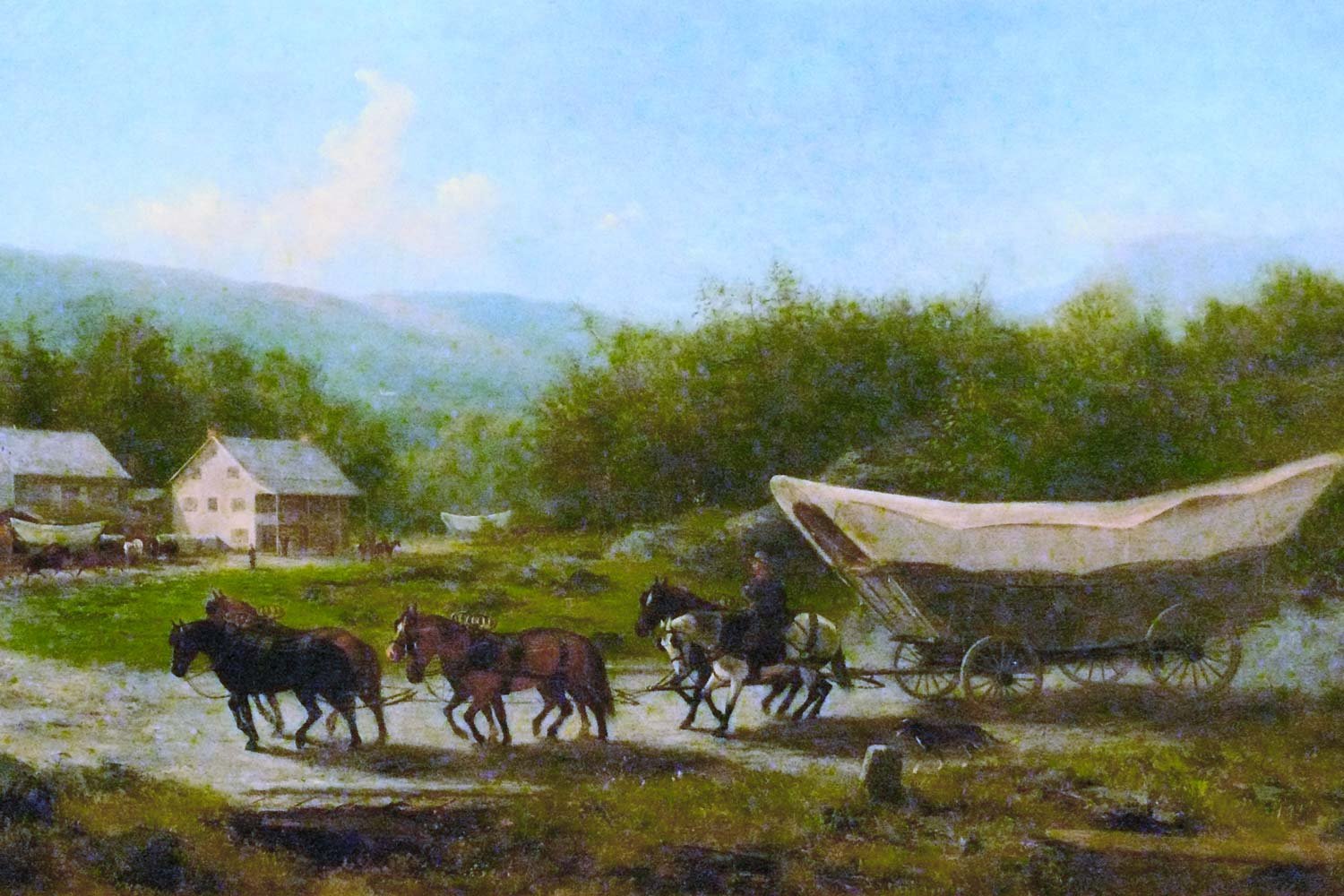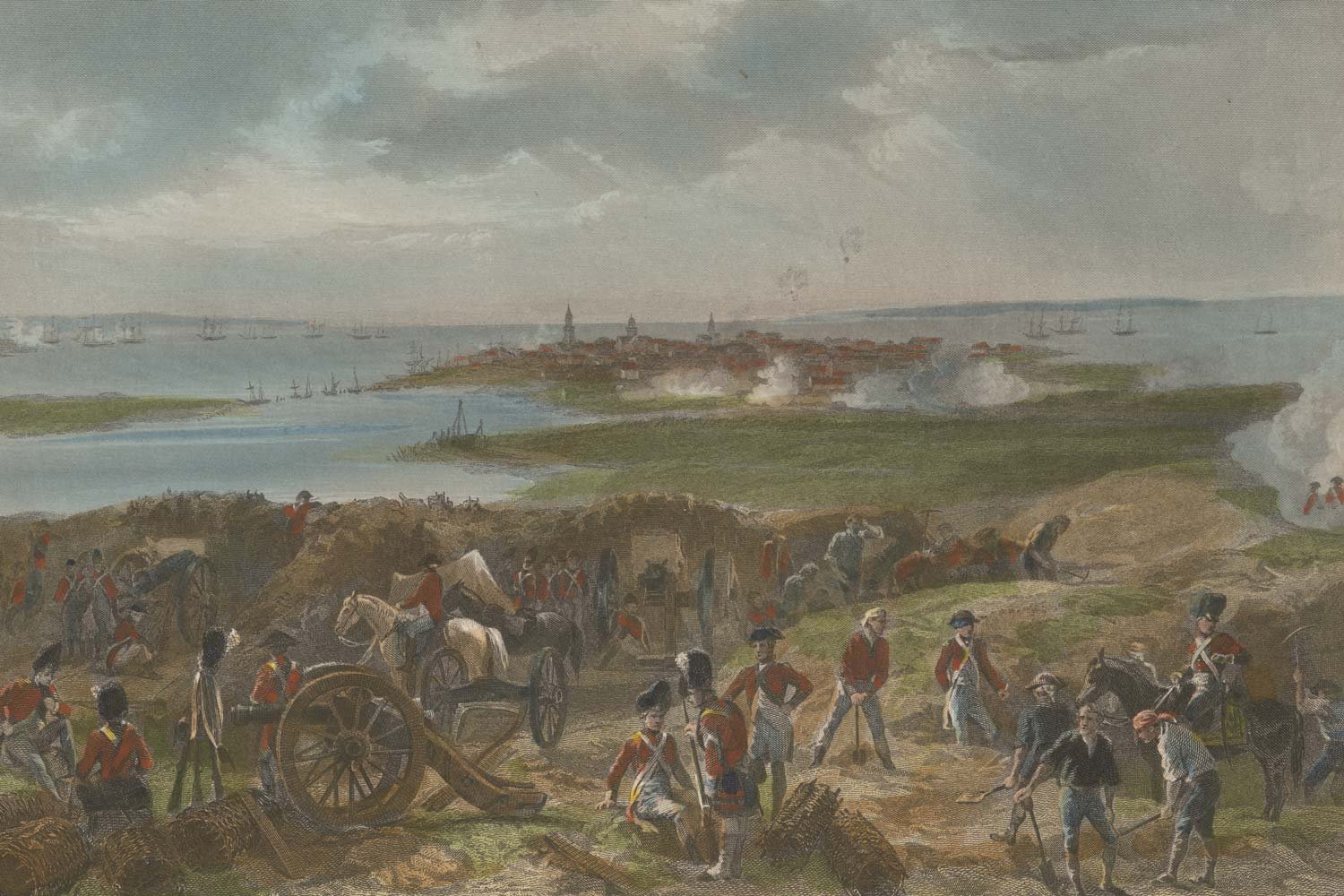Charleston Surrenders to British
In February 1780, Sir Henry Clinton, commander of British forces in North America, and 8,500 Redcoats disembarked thirty miles south of Charleston, intent on capturing the Queen City of the South. Charleston was defended by 6,000 Americans led by General Benjamin Lincoln and included a fleet of ten ships under the command of Admiral Abraham Whipple. By mid-April, the city was surrounded, and, on May 12, 1780, Lincoln surrendered the city and his entire command.
Tom Hand, creator and publisher of Americana Corner, discusses how the British Army’s southern campaign led to the capture of Charleston, and why it still matters today.
Images courtesy of The New York Public Library, Library of Congress, Brown University Library, The Metropolitan Museum of Art, North Carolina Digital Collections, Wikipedia.



For the first five years of the American Revolution, the deep southern states of Georgia and the two Carolinas were mostly observers of the conflict. Other than a failed attempt to take Charleston in 1776 and the capture of Savannah in December 1778, the British had focused their efforts in the north.